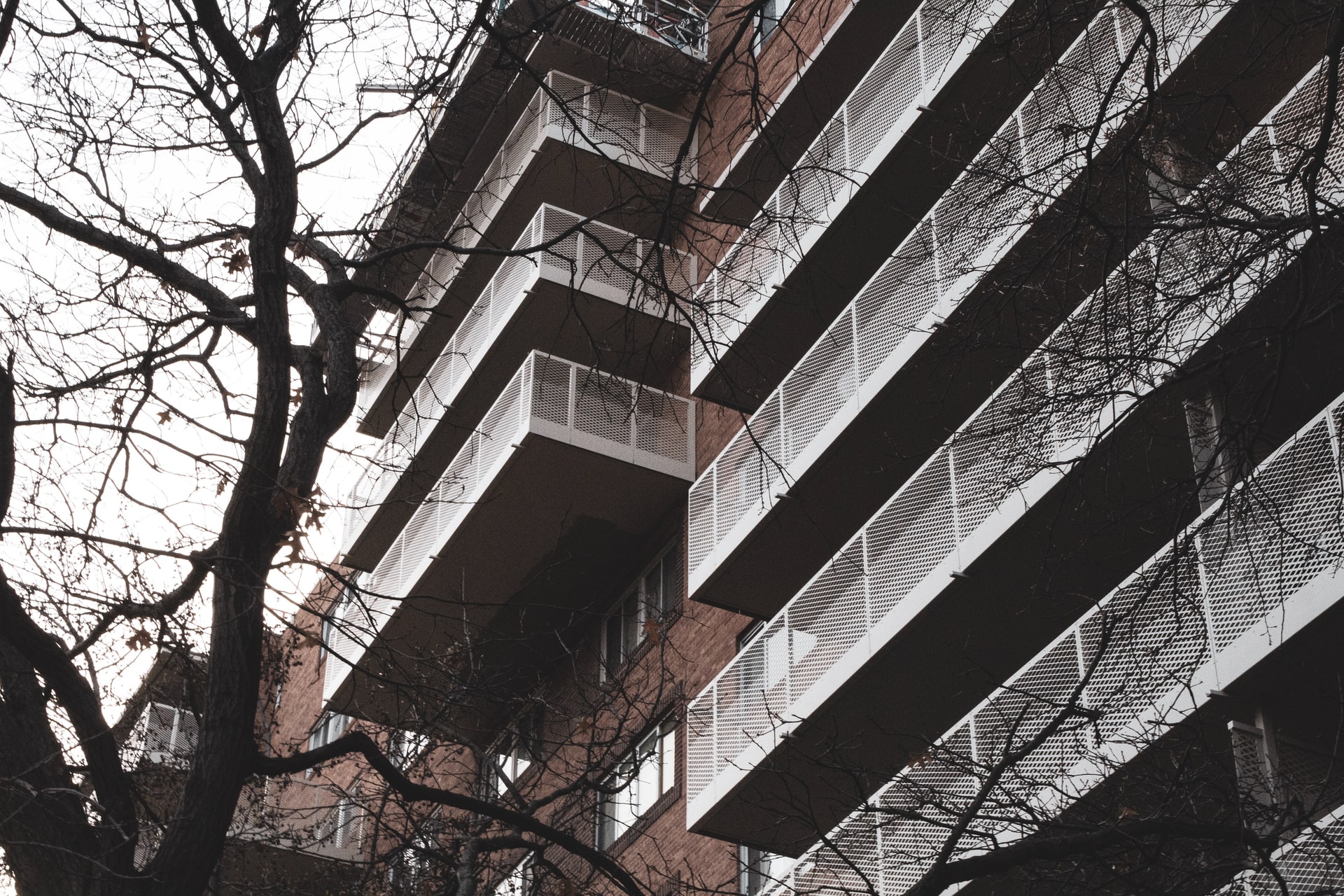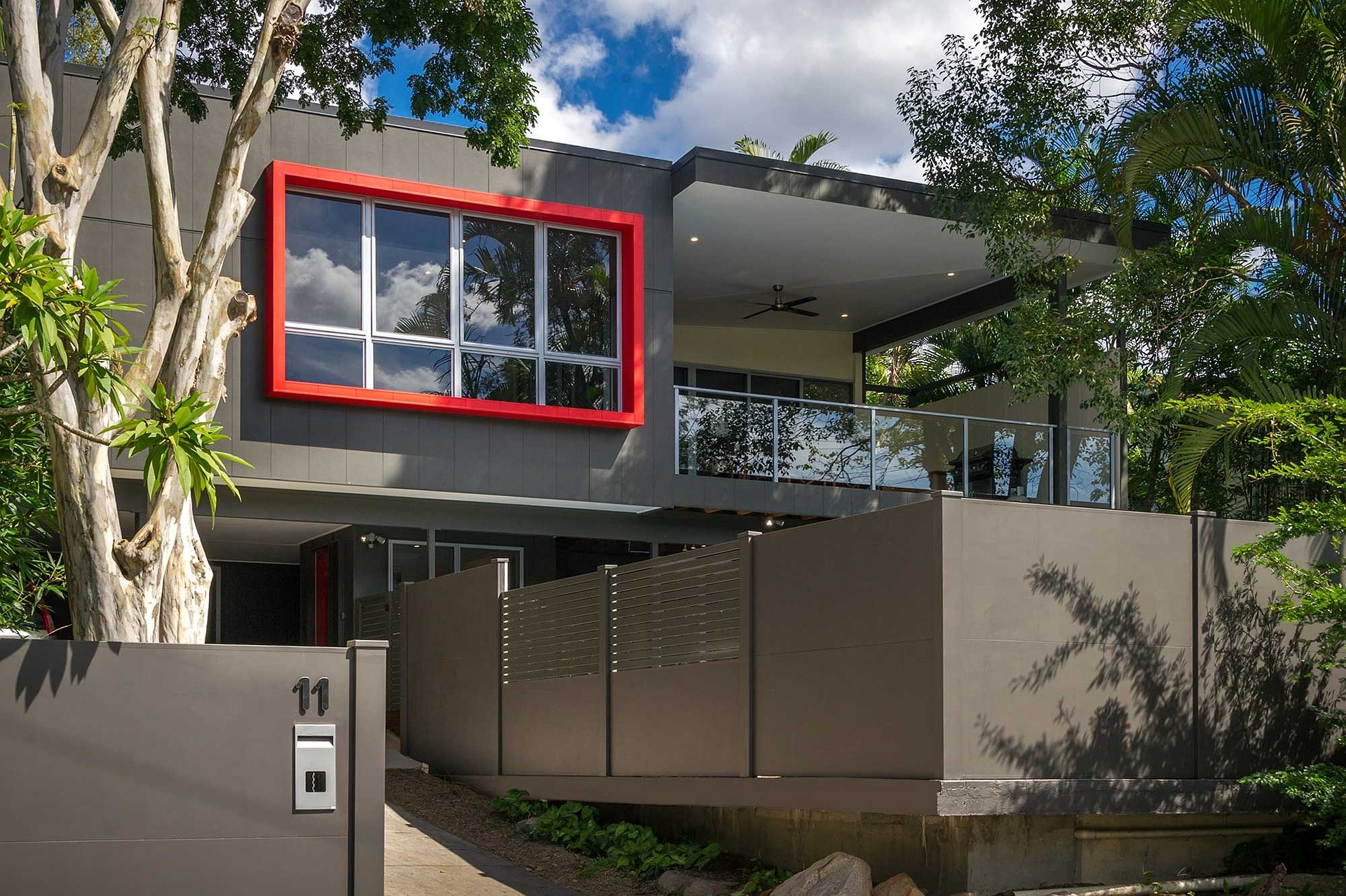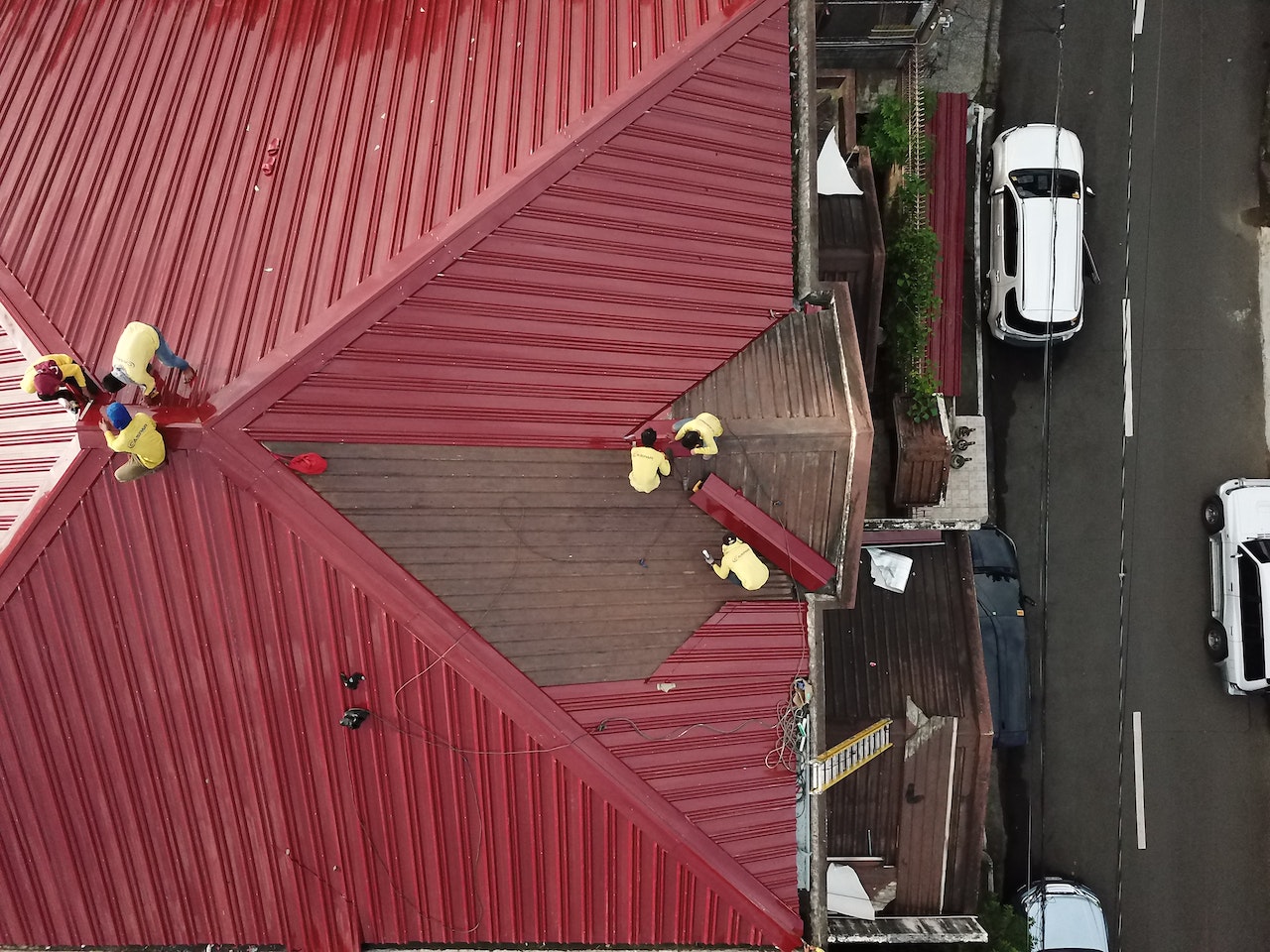What is rental yield?
Rental yield is basically the revenue you generate from an investment property, which is measured by comparing the income you receive from renting the property out against its overall costs.
It is important to understand how rental yield works if you are interested in property investment. You will have a better understanding of ongoing return on investment, and this information can also help you when it is time to review the rent on an investment property.
Knowing the rental yield of a property provides you with the insight to make good decisions. If you calculate the rental yield for a property and it ends up being low, you could then decide to find another property in a different suburb that could provide higher rental yield.
Calculating your rental yield
The first step of calculating your rental yield is to calculate the gross rental yield of your investment property. This is the rent generated by a property without taking any expenses into account, which is reflected as a percentage of the property’s market value.
Calculating gross rental yield
Here are the steps required to calculate gross rental yield:
- Calculate the total annual rent that is generated by your investment property
- Divide the annual rent by the property’s market value
- Multiply the figure you receive by 100 to get the gross rental yield as a percentage
Here is an example of calculating the gross rental yield of a property.
We’ll say that you receive $25,000 worth of rent annually, with the property being worth $400,000. The gross rental yield would be calculated by ($25,000 ÷ $400,000) x 100, which is equal to 6.25%.
The formula can be seen as (Annual rent ÷ Property’s market value) x 100.
Calculating net rental yield
To calculate the net rental yield, a few additional steps are required:
- Calculate the total amount of fees and expenses incurred from owning the property
- Calculate the total annual rent that is generated by your investment property
- Subtract the total expenses from the annual rent
- Divide the annual rent by the property’s market value
- Multiply the figure you receive by 100 to get the net rental yield as a percentage
Calculating the total expenses of a property can be confusing for people, so here are some examples to think about when calculating your net rental income:
- Maintenance and repair costs
- Council rates
- Insurance costs
- Property management fees
- Strata levies
- Depreciation of the property
A common misconception most people have is that they include interest on investment loans when calculating net rental yield. Although it is related to the investment property, the interest is directly related to your personal financial situation and not to the cost generated by the property.
Now we can follow up on our previous example to calculate the net rental yield of a property.
We will use the same property that generates $25,000 worth of rent annually, valued at $400,000. We have also calculated the total expenses of the property is $7000. We now go to step 3, leaving us with $18,000 in net rental income. We can now calculate the net rental yield by ($18,000 ÷ $400,000) x 100, which is equal to 4.5%.
What is a good rental yield?
Knowing your rental yield is one thing, but without knowing what is good or bad you end up with another number. The answer to this question can vary, depending on the area that you decide to invest in.
In metropolitan areas the gross rental yield can range anywhere from 3-5%, especially in state capitals. Regional areas however are more likely to have higher gross rental yields, typically being 5%-10% or even a little bit more depending on the area.






Leave A Comment